Fluid & Heat Blog Posts

Modeling a Burning Candle, How Would You Do It?
This holiday season most of us will have burned our fair share of candles. The flickering light of candles can really enhance the ambiance and put you in festive spirits. This reminds me of an analysis of a burning candle developed by AltaSim Technologies back in 2010. So, in tune with the holiday cheer, here are some candle physics.
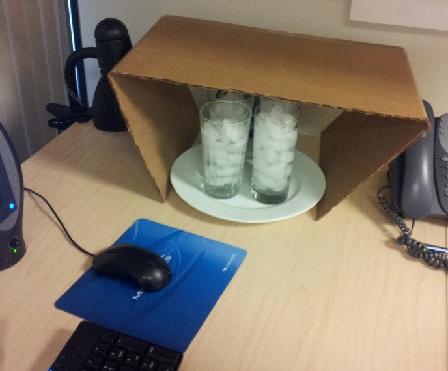
Make-shift Air Conditioner: How Engineers Can Stay Cool at Work (Maybe)
The winter here in Boston has been very mild so far. A few days I would even have liked to have the air conditioning back on. I checked in with one my colleagues to check if he was having an equally hard time staying cool, and to my surprise, he was not. Why? He had constructed a make-shift air conditioner (A/C).

First Keynote Video Takes Us to Babel
One of the differences between this year’s COMSOL Conference, and previous years’, is that this year we filmed a lot of it. During the next few weeks we will be publishing some of these videos for those that were there, to enjoy it once again, and for those that weren’t to get a taste of what went on. To kick these all off, I’m proud to present the first keynote video, which takes us to Babel.
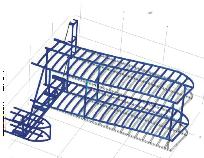
The First Flyer Optimized Using Multiphysics
December of 1903 marked the commencement of the Age of Powered Flight, and the Wright brothers went down in history. This was a time before personal computers and simulation software existed. Determining the optimal design of their airplane had to be done using physical prototypes and real-life experiments. What had the design looked like if the Wright brothers had been able to use computers and modeling software? Three researchers from Pennsylvania State University sought to find out how the design […]
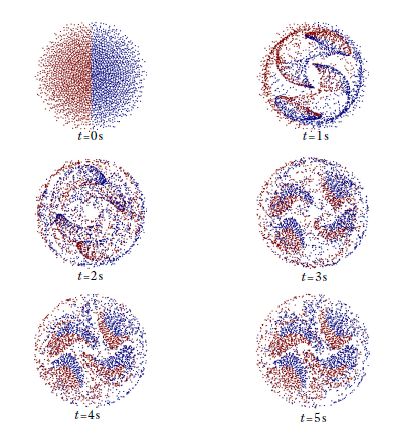
Modeling Static Mixers
A mixer that doesn’t move may sound like an oxymoron, but it’s not. Used in various chemical species transport applications, static mixers are inexpensive, accurate, and versatile. Still, there is always room for improvement. Optimizing the design of static mixers calls for computer modeling, but traditional CFD methods may not be the best way to model these mixers. How do these motionless mixers work and how can their performance be simulated?
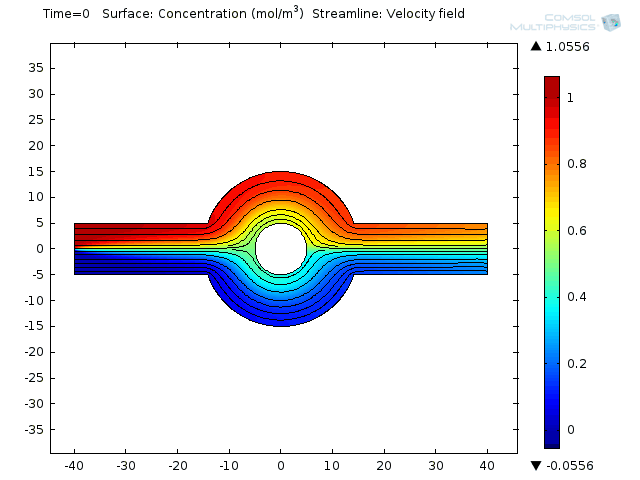
Microfluidics Model of an Electroosmotic Micromixer
When you need to mix something at a very small scale you don’t reach for a teeny-tiny whisk. If you’re working with microscale biochemical applications you’d be more likely to rely on diffusion to mix fluids. With highly ordered laminar flow there is no turbulence involved, thus making diffusion a prime candidate for “getting the job done”. But what if you need to mix larger molecules? Larger molecules mean higher molecular weight, which in turn leads to very long equilibration […]
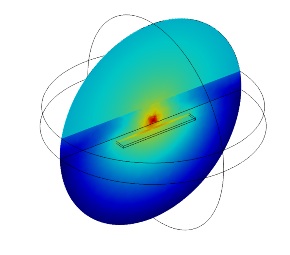
Oil Companies Rely Heavily on Engineers
It’s no secret that there’s a lot of guesswork involved in oil production. Oil companies make “Big Money” decisions based on estimates – estimates with huge margins of error. What’s more, there is an incredible amount of risk involved, but with the potential for a large pay-off if all goes according to plan. The plan is based on “best guesses” and less than perfect data. Still, there are many big players in the oil industry that are doing very well […]
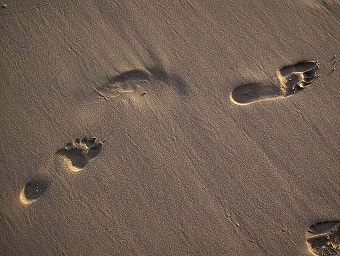
Poroelasticity in Sand
When you work with multiphysics all day you tend to notice physics phenomena everywhere you go. For me, one such moment was when I was walking on the beach this past summer. I noticed that the sand appears whiter around a person’s feet than elsewhere. You may have noticed this too, and like I, wondered “why?” This phenomenon can be explained by the theory of poroelasticity.
